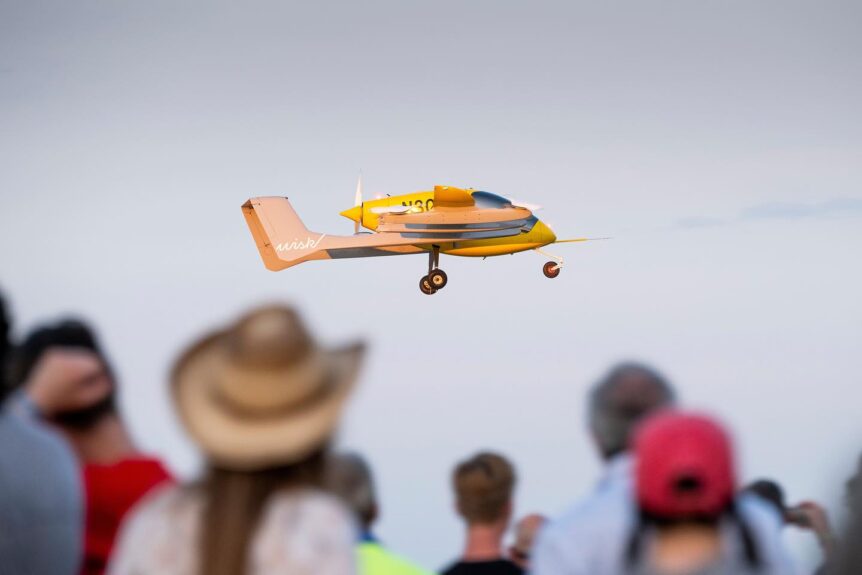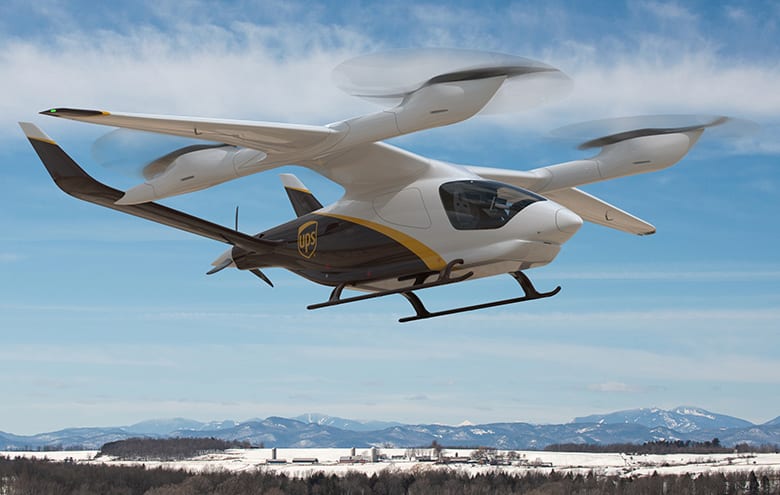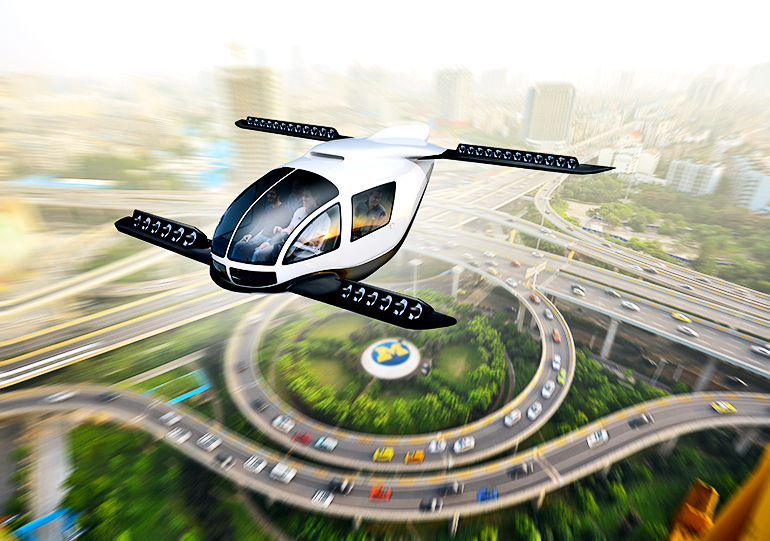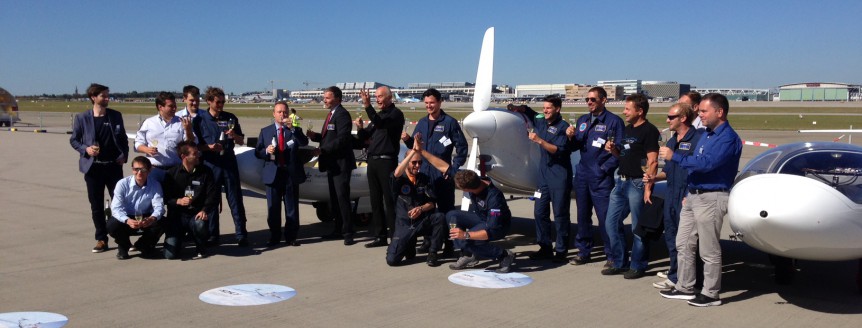A Wisk Cora flew autonomously several times along the length of the 8,002-foot main runway, a first at the Experimental Aircraft Association’s 2023 AirVenture in Oshkosh, Wisconsin. The July 25 event was, “The first-ever public demonstration of a fully autonomous eVTOL fixed-wing airtaxi,” according to the company. Under development and appearing in different configurations over the last several years Wisk’s aircraft have flown in Hollister, California and in New Zealand. Cora represents the fifth generation of such vehicles. Wisk, a Boeing partner, is not stopping there. The flight from another perspective, with an explanation of the noise on the soundtrack: “The noise is the 787 APU, not the @WiskAero. ‘ Note how the noise drops as the auxiliary power unit shuts down, with crowd noise competing with the Cora for dominance. https://twitter.com/i/status/1684023361804943360 A Future with Four Seats The latest iteration for the firm is their sixth-generation craft, simply called Generation Six. It’s a four-seater, with ample room for passengers and …
BETA and Blade Cut Deal for 20 Alia’s
Business as Unusual BETA Technologies made a big move from its highly complex Ava to a simpler Alia, and managed to snag an initial order for up to 150 of its new craft from United Parcel Service (UPS). This was followed by the signing of a binding agreement with Blade for another 20 craft for passenger service. Vermont Business Magazine reports that BETA Technologies started with its first customer and partner, United Therapeutics, which will rely on BETA’s aircraft to deliver organs for human transplantation. High speed and reliability are obvious premiums in this endeavor. Recently, United Parcel Service (UPS) announced it reserved the right to purchase 150 of BETA’s aircraft, with the first 10 to be delivered beginning in 2024. UPS also purchased BETA’s charging stations as part of an integrated solution. Gaining government backing, the United States Air Force Agility Prime program continues testing BETA’s machines. The program, “Marshals government resources to accelerate commercialization of air mobility vehicles.” …
Faster, Cleaner AND Less Pricey?
University of Michigan Research Sprinkled with Optimism (or Not) Can electric Vertical Takeoff and Landing (eVTOL) machines provide the swift crossing of urban distances at a price that will attract the non-flying public? Can they do so while keeping pollution in check? A University of Michigan study, funded in part by Ford Motors, concluded that taking a short (depending on definition) trip in an autonomous electric vertical takeoff and landing machine might not only be quicker than a ground-bound journey through gridlock, but might even be less expensive. These two factors are important if we are clean the toxic atmosphere that hangs over our major cities, at least partly brought about by the constant transit of personal automobiles, public buses, and large trucks. Another aspect of the study, though, showed that certain trips will be less polluting if taken by conventional automobiles. This dichotomy comes from the nature of eVTOL flight compared to the distances to be traveled. Researchers published …
HY4 Makes First Public Flight – Your Editor Rides EAA’s Ford Trimotor
A day after Pipistrel, the DLR and associates flew the first public demonstration of their four-seat hydrogen-powered HY4, your editor and a friend took a brief hop around the Aurora State Airport in Oregon in EAA’s Ford Trimotor, the first certified airliner in America. The two events, roughly equal in duration, if not in historicity, demonstrate a readily observable progress in aeronautics. A quickening of design and technology 14 years after the Ford 5AT first flew on a scheduled route that took 51 hours total time to cross the United States (and split transport duties with trains), your editor’s father was whisked nonstop by Army Air Corps C-54 across the Atlantic to Shannon, Ireland, and then to Bobbington and Newquay, England to work on bombers for the duration of the conflict. Those 14 years seem like a major quickening of design and technology, which brought us pressurized cockpits, turbocharged engines, and great leaps forward in speed, endurance and reliability. Following the …




